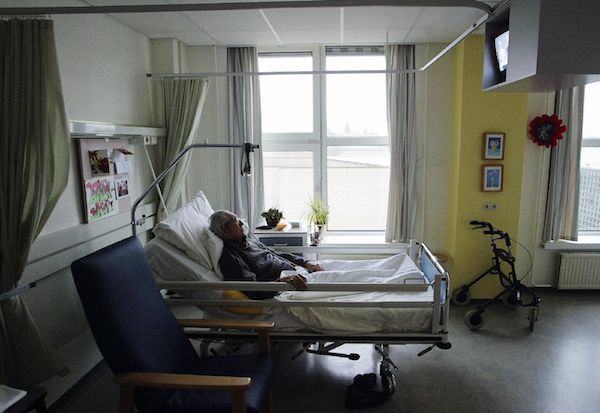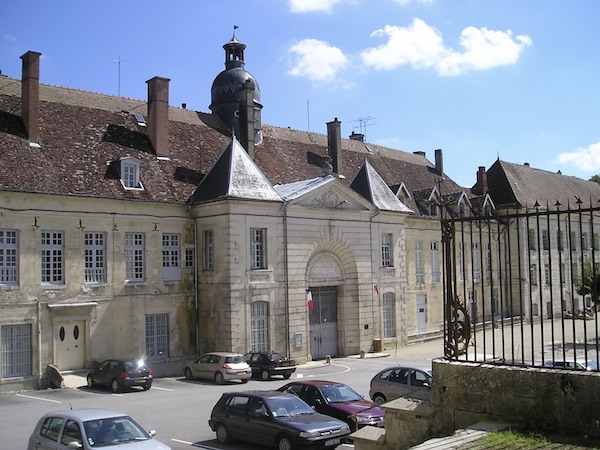Clairvaux Abbey, the rambling Cistercian monastery complex in eastern France founded by St Bernard de Clairvaux in the twelfth century and secularised during the French Revolution, is now looking for a private buyer.
The French state wants this jumble of protected historical sites, unlisted new buildings and open meadows to stay together.
Three potential buyers have submitted plans rumoured to be anything from a luxury hotel to museums, university premises or a giant digital storage area.
Converting what was the largest of hundreds of austere properties the Cistercians ran in the Middle Ages will be daunting. The 31-hectare area, as big as 44 football pitches, includes the ruins of the original monastery, an eighteenth-century abbey and an infamous prison opened in 1808.
Several historical buildings have been overlooked since a central prison, due to be shut next year, was erected on the site in the 1970s. Huge projected repair costs prompted the state, which will remain the final owner, to turn to the private sector for partners.
“The monument has suffered from its disuse, which led to a brutal stop in upkeep,” said Michel Trubert, architect in charge of the restoration.
“It’s hard to make up for lost time with such a site, but we can do it.”
Clairvaux, near Troyes to the southeast of Paris, has been renovating parts of the eighteenth-century abbey in recent years, including the old chapel, a dormitory the refectory and the Grand Cloister. They are open to tourists.
There are 36 listed buildings so “privatising the site is out of the question”, said Sébastien Zonghero of the Culture Ministry. Dividing it into private and public sections would be too difficult.
Local officials, initially hostile to the prison closing, welcome the renovation but insist that any new project should promote new jobs in the region.
Among the areas still out of bounds for visitors are the former abbot’s apartments, an old infirmary and sections used as a prison.
The Cistercians are a strict reform movement that emerged from the Benedictine order in France around 1100. They stressed simple work and prayer and their sparse churches became a jewel of medieval architecture.
As a prison, the abbey housed mutineers from France’s 19th-century armies, political prisoners and anti-state activists from colonial to modern times.
During the Second World War, resistance fighters were imprisoned here before deportation to concentration camps or execution by the German occupiers.



 Loading ...
Loading ...